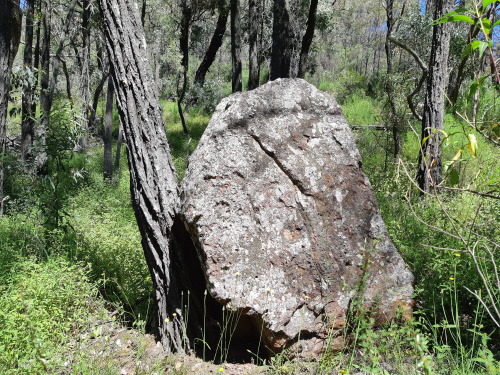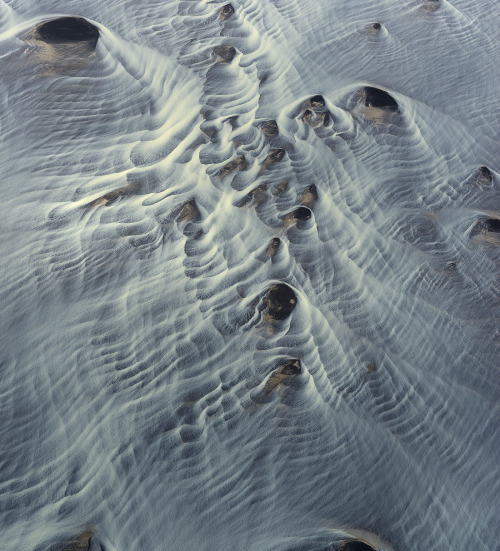#erosion
Eroded volcanic landscape. Approximately 15 million years ago this used to be a shield volcano (similar in structure to Hawai’i), but since its volcanism stopped the erosion has exposed the sides of the volcano. The most pronounced features are an ancient magma chambers. These would either feed magma to eruptions occurring on the surface or pulses of magma that did not make it to the top and have slowly crystallized at depth.
Warrumbungle National Park, Australia
Post link
When rock and paper end up with the TIE…
Rockfalls occur when rocks in the cliff face or a steep slope are destabilized and fall due to gravity pull. This can range from few rocks rolling down the hill to a massive rock avalanche that destroys the village. Either way, such moving rocks or a boulders can pick up speed and move with a lot of force, this can be damaging to anything that gets in their way. Bigger rockfalls can completely strip surface vegetation, knock down and uproot trees, damage soil and initiate erosion etc.
Surprisingly, this tree was strong enough to withstand the impact of this multi-tonne boulder rolling down.
Warrumbungles National Park, Australia
Post link
This wall-like feature is a left over from a plumbing system of an ancient volcano and is called a dykeordike. When this volcano was active, this dyke would have served as a duct through which magma was transport to feed the surface lava eruption, or alternatively it could have been an off-shoot from the magma chamber that froze up within a body of a volcano.
Now, ~15 million years later the erosion has removed much of this volcano and so its internal magma plumbing system is nicely exposed and is dominated hard crystalline rocks which are much harder to erode. Thanks to this contrast in erosion we have a beautiful landscape of the Warrumbungle National Park.
Post link
In the mountains you can get a lot of two things, rocks and sediments produced from the break down of those rocks. In the foreground and in the background around the feet of the mountains you can see two big piles. These are called alluvial fans. It is basically a dump of sediments that was flushed down the small valleys into a big valley. What runs between these two alluvial fans is a major river which is a conveyor belt of the sediment that slowly moves it down the valley, down the mountains, down the floodplains and eventually into the ocean.
See it as a highway for moving of sediment.
Nubra River, Himalaya.
Post link
Robotic dog will be on patrol in Pompeii
“We promise this isn’t an April Fools’ Day post.”






